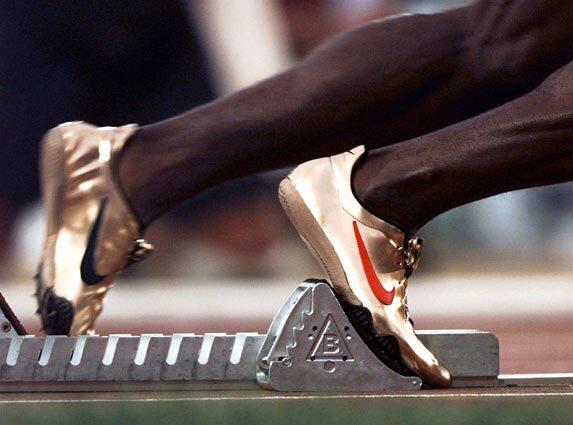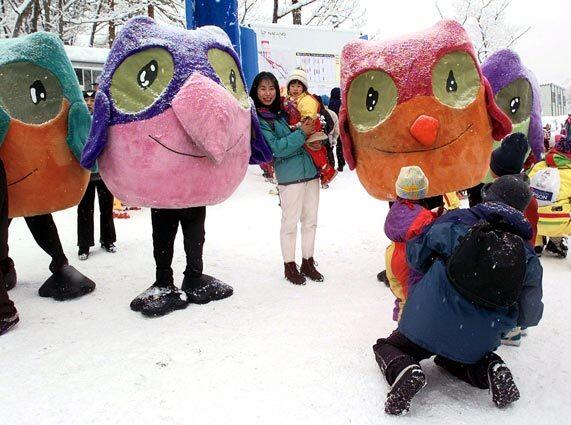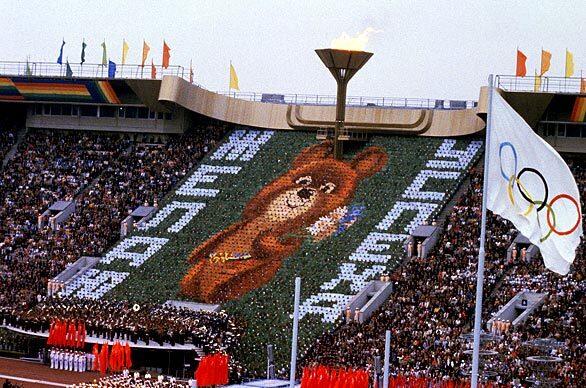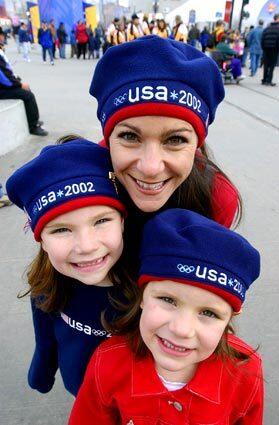
At the 1996 Summer Olympics in Atlanta, Michael Johnsons golden Nikes became almost as famous as he did. Johnson went on to become the first person to win Olympic gold in the 200- and 400-meter events. When he returned to compete in Sydney in 2000, his Nike running shoes actually contained small amounts of real gold. (Doug Mills / Associated Press)

Due to a small production run, the quartet of snowlets or baby snow owls (named Sukki, Nokki, Lekki and Tsukki) representing the 1998 Winter Olympics in Nagano, Japan, sold out by the third day of the Games, making them one of the most sought after and expensive mascots in Olympic collectible history. Until it was announced that five mascots would represent the 2008 Beijing summer games, the four snowlets were the largest Olympic mascot menagerie. (Rudi Blaha / Associated Press)

Misha the Bear, from the 1980 Olympic Games in Moscow, was another mascot that opened the hearts and wallets of fans around the world. Although he was hardly seen in the U.S. because of the American boycott of the games, he was a global hit and even went on to star in his own animated television series. He was created by Victor Chizikov, an illustrator of childrens books. (AFP / Getty Images)








